Odontomachus aciculatus
429,90 zł
Worldwide shipping
Free delivery over 999 PLN
The highest quality of goods
Live delivery guarantee
24/7 Personal Support
Fair Prices
Description
Odontomachus aciculatus is a polygynous ant species with a colony size of up to 500 workers. They have a medium development rate and are about 10-13mm in size. The ants are black-black-brown in color with brown legs. They feed on food insects like cockroaches and crickets, as well as sweet fruit. They require humidity levels of 60-70% in the arena and 60-80% in the nest. The optimal temperature for their habitat is not specified.
Additional information
| Behavior | |
|---|---|
| Difficulty in breeding | |
| Origin | |
| The size of ants | |
| Wintering |
Odontomachus aciculatus – ant colony Trap Jaw
Welcome to our product description for Odontomachus aciculatus. This species of ant is known for its unique characteristics and fascinating behaviors. In this detailed description, we will explore the colony type, size, development rate, nutrition, humidity, temperature preferences, and recommended nests for breeding. Let’s dive in!
Colony Type and Size
Colony Type: Polygyny
Colony Size: Up to 500 workers
Development Speed: medium
Size and Color:
- Queen: 10-13 mm
- Workers: 10-12 mm
Color: These ants have a unique coloration, with a body that varies between black-(black-brown) and distinguishable brown legs.
Nutrition:
- Food insects (such as cockroaches and crickets) dead, or live
- Fruits
- Jelly
- Honey
Don’t forget to check out our food products to ensure a well-balanced diet for your colony!
Humidity and Temperature:
- Humidity: Arena: 60-70%, Nest: 60-80%
- Temperature: Arena: 21-30 °C, Nest: 22-28 °C
Feature of the Species
Odontomachus aciculatus is known for its remarkable feature – it has a sting. This sting plays a crucial role in both defense and capturing prey. The ants possess lightning-fast jaws that can open *180 degrees*. This incredible jaw movement allows them to swiftly catch their prey and prevent them from escaping. In fact, Odontomachus aciculatus holds the record for having the fastest reflexes in nature. Their mandibles can accelerate from *0 km/h to 230 km/h* in just *0.13 milliseconds*. This stunning capability enables them to be highly efficient predators in their ecosystem.
Recommended Nests for Breeding
When it comes to creating the ideal nesting conditions for Odontomachus aciculatus, several materials are recommended. Nests made from acrylic, gypsum, and aerated concrete have proven to be suitable choices. These materials provide the necessary structure, insulation, and moisture control to support the thriving development of the ant colony.
In conclusion, Odontomachus aciculatus is a fascinating species of ant with unique characteristics and behaviors. From their polygynous colony structure to their lightning-fast jaws and incredible reflexes, these ants are truly remarkable. By providing the right nutrition, humidity, temperature, and nest materials, enthusiasts can create optimal conditions for breeding and observing these amazing insects. We hope this detailed description has provided valuable insights into Odontomachus aciculatus and its captivating world. Happy ant-keeping!


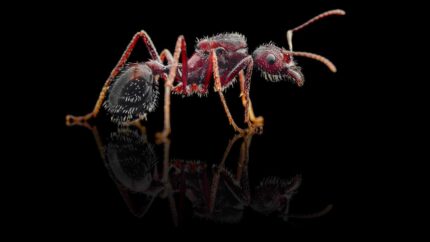
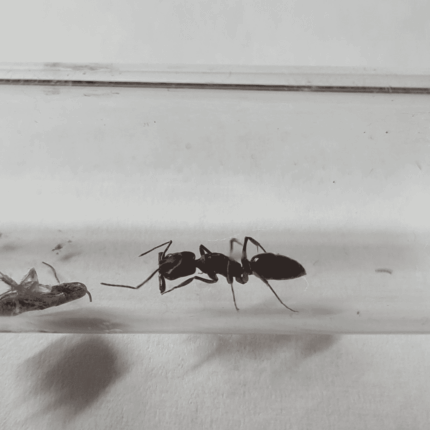


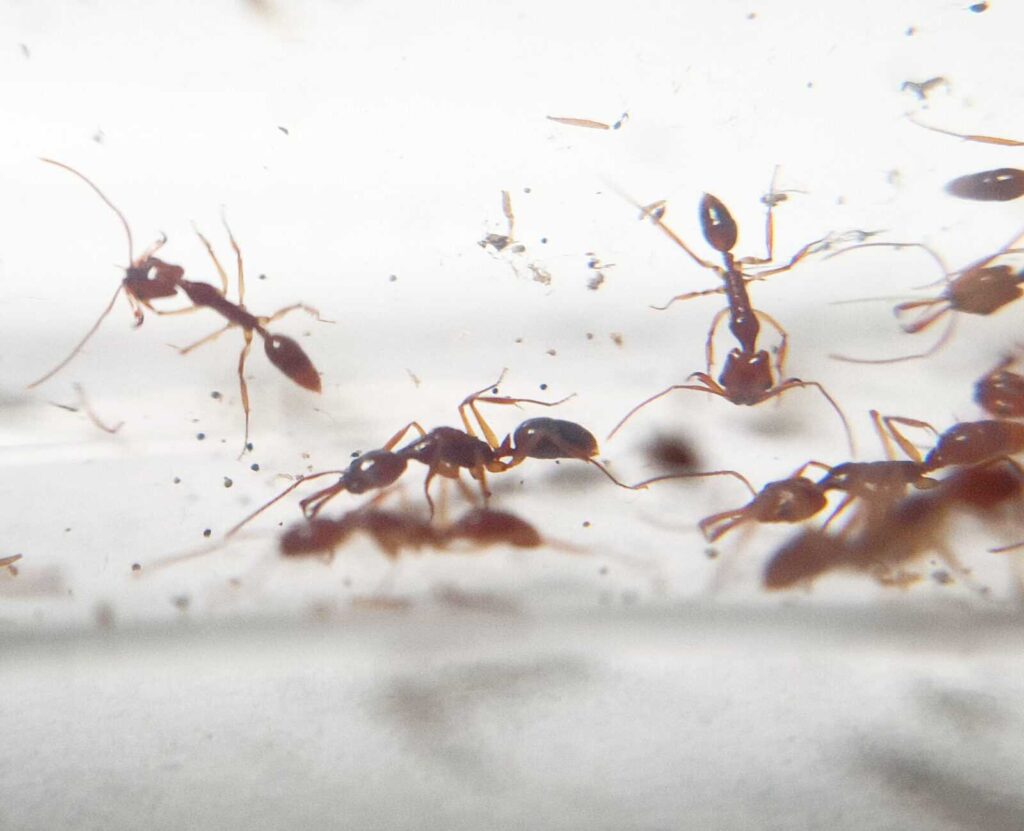

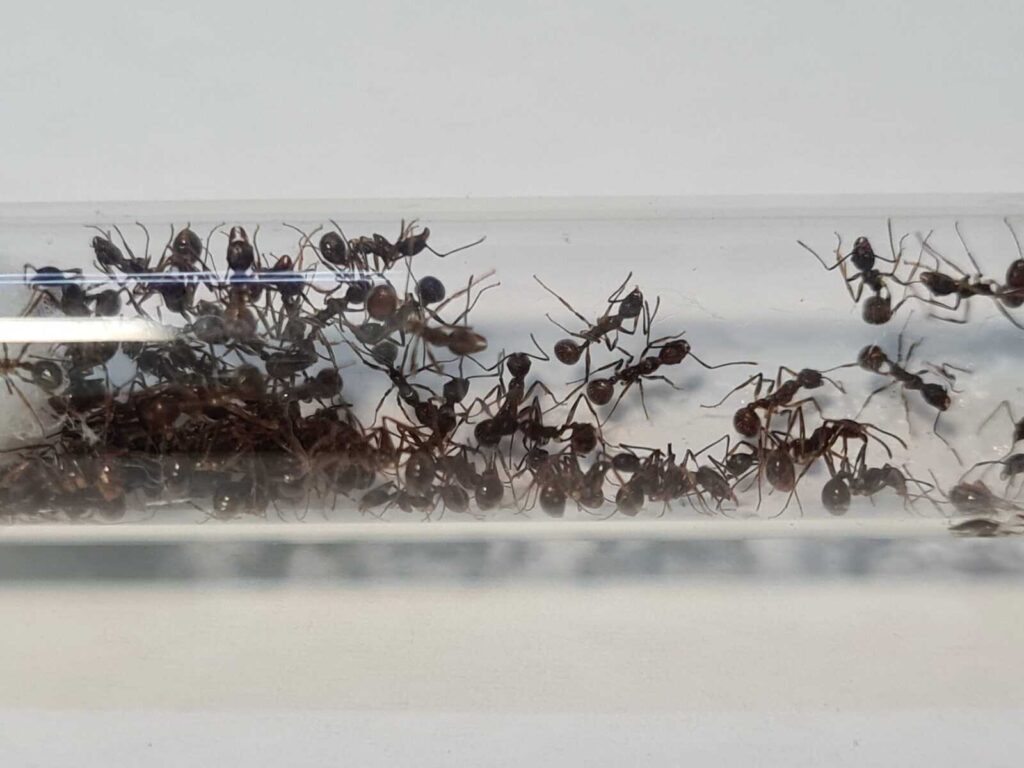



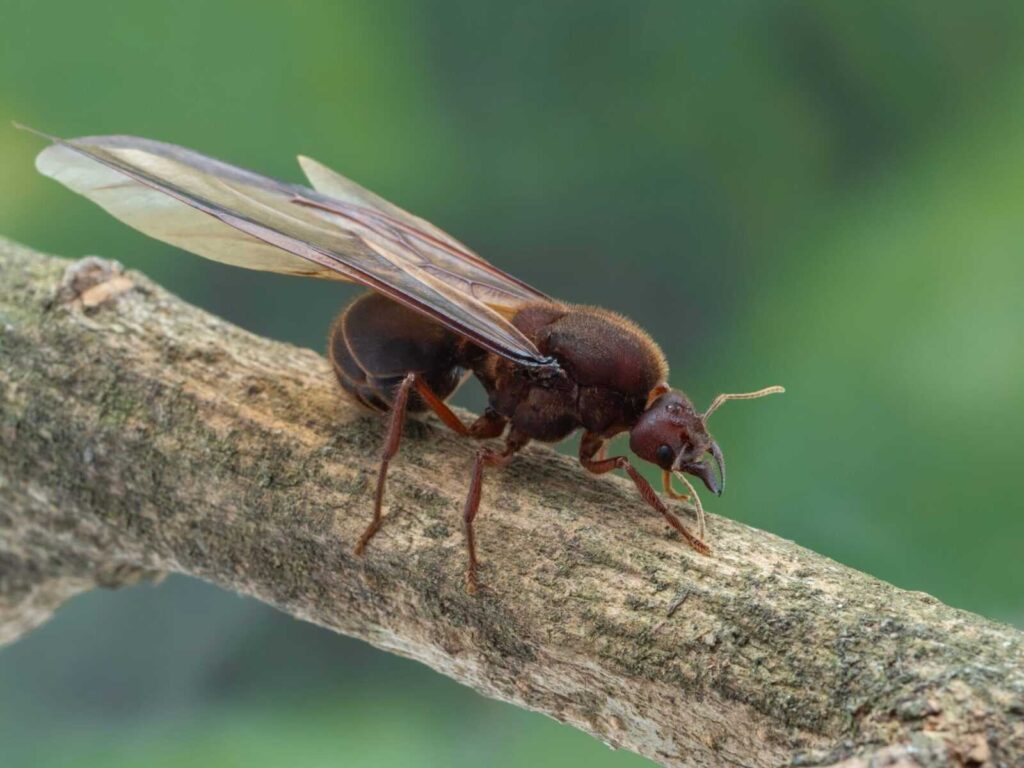
There are no reviews yet.